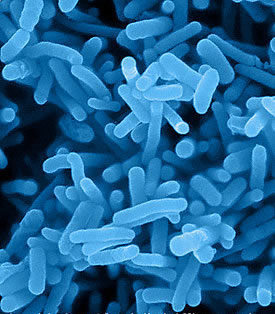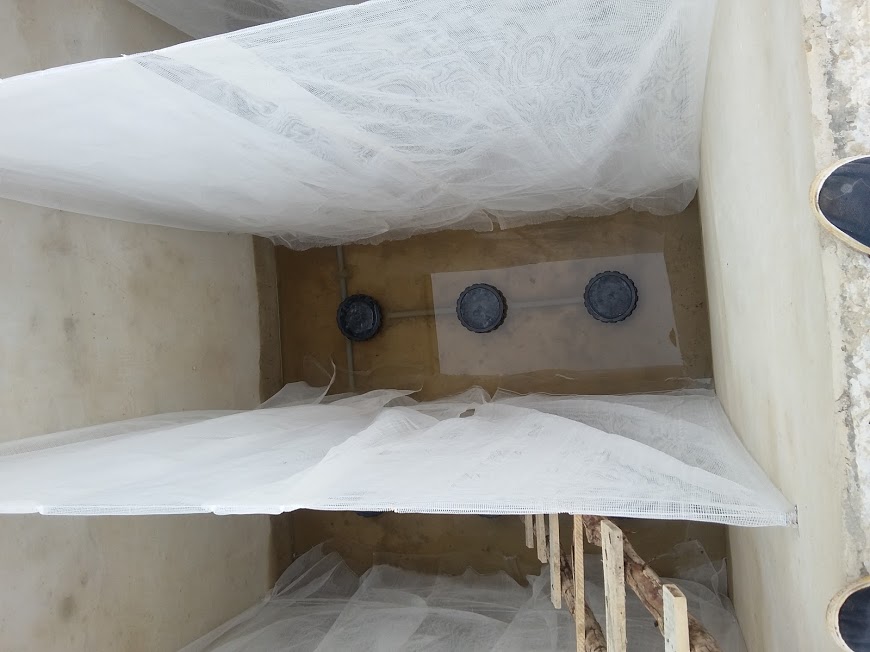1.Introdution to Fixed bed reactor technology:
The FBR (Fixed Bed Reactor) is a technology used to treat organic solvents in wastewater as well as inorganic substances such as H2S, sulfite, ammonia, nitrogen.
Based on the activity of microorganisms that pollute organic matter to produce food for growth and development, the Fixed Bed Reactor (FBR) system integrates all three active sludge processes. The process of denitrification of phosphorus nitrogen and microbial growth in the form of adhesion on the substrate can be placed in the system. The conditions for applying the FBR (Fixed Bed Reactor) process require the effective isolation and co-ordination of three strains:
+ Suspended microorganisms: achromobacter, alcaligenes, arthrobacter, citromonas, flavobacterium, zoogloea …
+ Optional microorganisms: nitrosomonas, nitrobacter, nitrosospira, dethiobacillus, siderocapsa, methanonas, spirillum, denitrobacillus, moraxella, thiobacillus, pseudomonas …

+ Stomach strains: arcanobacterium pyogenes, staphylococcus aureus, staphylococcus hyicus, streptococcus agalactiae, corynebacterium

During the operation of a wastewater treatment system, the most significant operating cost is the cost of electricity and consumable chemicals. FBR can reduce the use of chemicals by increasing the MLSS concentration of cultured microorganisms.
2. Phạm vi ứng dụng:
FBR technology is applicable in:
• Waste water treatment of buildings, hotels, resorts and condominiums to save space and reduce operating costs.
• Combined with chemical and physical chemistry in industrial wastewater treatment system.
Compare the pros and cons of existing wastewater treatment technologies:
2.1. Traditional Aerotank technology
Advantages: Simple, low investment cost. Easy operation.
Disadvantages: Occupy more construction area. High operating costs. The large amount of sludge left behind causes high sludge disposal costs.
2.2. AAO Technology (Anerobic – Anoxic – Oxic)
Advantages: Good organic removal capacity, Nitrogen and Phosphorus.
Disadvantages: The anaerobic – anaerobic process produces a bad odor which makes it difficult to control odors in closed locations such as basements or parking locations in the project area.
2.3. MBR technology (Membrane Bio Reactor)
Advantages: Stable operation, high SS degradation efficiency. Smaller installation area than Aerotank and AAO technology.
Disadvantages:The initial investment cost is highest in existing technologies. High operating power costs. Membrane filters should be replaced periodically 3-6 months in the process of expensive and complex operation.
2.4. FBR technology
Advantages: Microoganism systems bring good treatment effect. 30% reduction in volume compared to existing technologies reduces system area, reducing initial investment costs.
Disadvantage: Requires the right strain of microorganism in the initial culture and operation.
3. The scientific basis of FBR technology
The process of decomposition of organic matter by microorganisms is called biochemical oxidation. In order to carry out this process, organic solvents and micro-dispersions in waste water, need to move inside the microbial cell.
• Transfer of contaminants from the liquid phase to the surface of the microbial cell;
• Diffusion from cell surface through semi-permeable membrane due to internal and external concentration differences;
• Metabolism in microbial cells, energy production and new cell synthesis.
The rate of biochemical oxidation depends on the concentration of organic matter, the content of impurities and the degree of stability of the wastewater flow into the treatment system. Under certain conditions, the main factors influencing the rate of biochemical reaction are hydration, oxygen content in wastewater, temperature, pH, nutrients and trace elements.
These microorganisms will decompose the organic matter in the waste water and collect energy to convert it into new cells, only partially organic matter is fully oxidized to CO2, H2O, NO3-, (SO4) 2-, … In general, microorganisms that exist in the activated sludge system include many different types of bacteria that coexist.
* Suspended activated sludge process:
Activated sludge process in FBR system with suspended growth organisms, decomposition occurs when wastewater is in contact with sludge under continuous aeration. Aeration is to ensure that the requirements for continuous supply of oxygen are maintained and the sludge maintained in suspended state. The rate of dissolved oxygen use in activated sludge tanks depends on:
• The ratio of feed intake (CHC contained in wastewater) and microbial count: F / M ratio;
• Temperature;
• growth rate and physiological activity of microorganisms;
• concentrations of toxic products accumulated during metabolism;
• amount of cellular substances;
• Dissolved oxygen content.
Organic matter will be decomposed by a population of microorganisms attached to the fixed substrate. The organic matter in the effluent will be absorbed into the microorganism membrane 0.1 – 0.2 mm thick and decomposed by aerobic microorganisms. As the microorganism grows and develops, the thickness of the membrane increases, so the amount of oxygen will be consumed before the full thickness of the membrane is diffused. Thus, the customary environment is formed immediately adjacent to the surface of the filter material.
As the thickness of the membrane increases, the organic chemical processes occur before they come into contact with the microorganisms near the substrate. As a result, microorganisms are degraded and unable to adhere to the surface of the filter media and wash away.

* Denitrification process (N)
Nitrogen and phosphorus (P) compounds in wastewater are responsible for eutrophication. In the world, the common method for removing P from waste water is a method of chemical treatment combined with high processing costs.
The nitrification process takes place in two steps, beginning with ammonia being converted to nitrite by the Nitrosomonas bacteria, and nitrite is oxidized to nitrate by the Nitrobacter bacteria. These two types of bacteria are self-supporting in the FBR system and use carbon dioxide as the carbon source in their cells according to the reaction scheme:

* Phosphorus removal process (P)
Phosphorus is a very important element in the life of every cell, accounting for 1-3% of the total dry matter of each microbial cell. For humans, phosphorus is an indispensable component of DNA and RNA.
On the environmental side, phosphorus is the main cause of eutrophication, water pollution due to uncontrolled growth and death of algae and aquatic plants.
Phosphorus is also a source of nutrients that play an important role in the growth and reproduction of microorganisms in the FBR symbiont. In the FBR system under the influence of symbiosis, Phosphorus is metabolized and processed.
The removal of nitrogen and phosphorus by biological method by FBR technology will bring about high efficiency while reducing operating costs.

